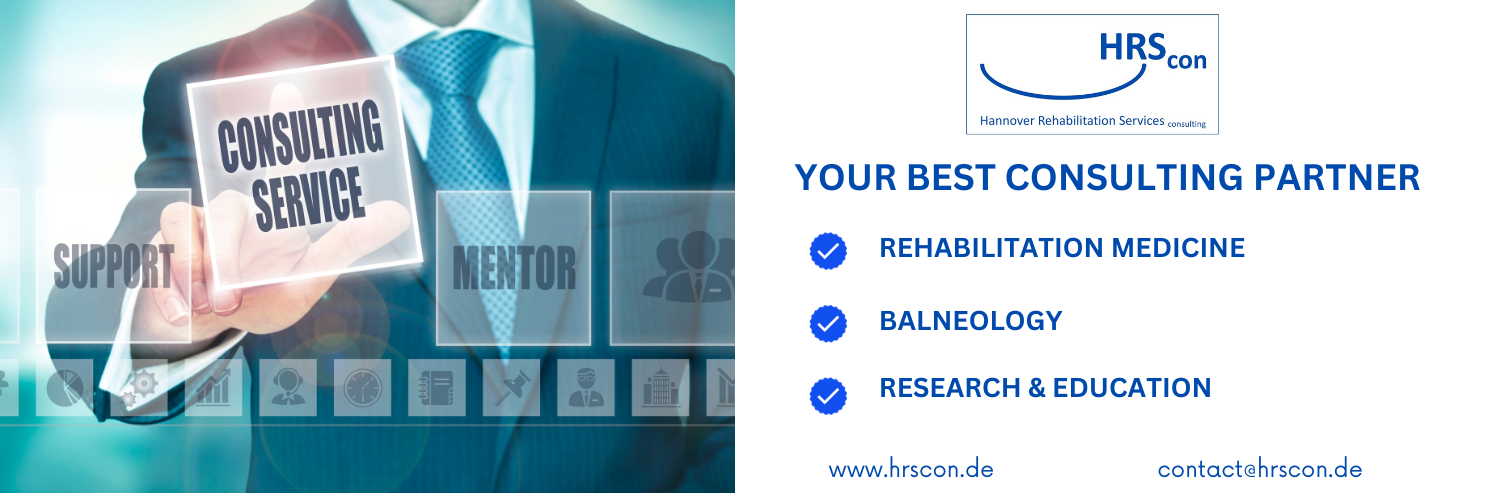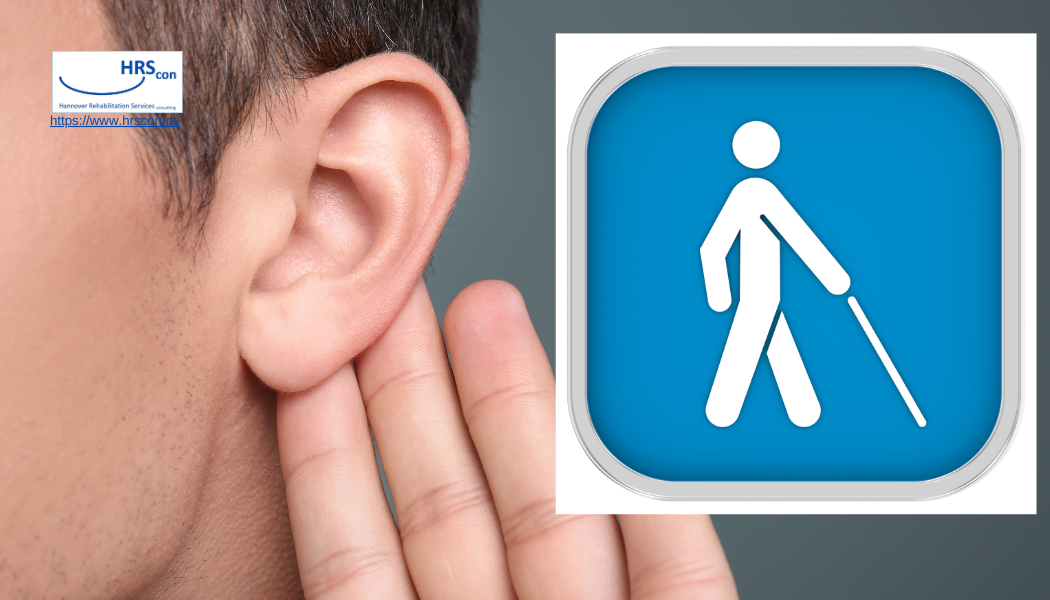Every individual deserves equal access to quality healthcare, but for millions living with diabetes in the Deaf/Hard of Hearing (DHH) and Blind/Low Vision (BLV) communities, that goal is far from reality. Recent findings published in Current Diabetes Reports shine a spotlight on the systemic challenges and inequities faced by these populations, calling for urgent reform in healthcare practices and technology design.
Diabetes and Disability: A Bidirectional Relationship
Globally, one in six people live with a disability, and individuals with diabetes experience higher rates of disability due to complications like hearing or vision loss. The relationship is often cyclical:
- Deaf/Hard of Hearing (DHH): Diabetes increases the likelihood of hearing impairment. Studies reveal DHH individuals are 3.2 times more likely to be diagnosed with diabetes compared to hearing populations.
- Blind/Low Vision (BLV): Vision loss is both a cause and consequence of diabetes, with conditions like diabetic retinopathy leading to blindness. BLV individuals are twice as likely to develop diabetes as their sighted peers.
These intersections create unique challenges in managing diabetes while coping with sensory impairments.
Barriers to Healthcare Access
For DHH and BLV individuals, healthcare is riddled with obstacles that worsen health outcomes:
- Communication Challenges:
- DHH patients often encounter a lack of American Sign Language (ASL)-trained interpreters in medical settings. Without effective communication, critical health instructions may be misunderstood.
- BLV patients face difficulties navigating inaccessible environments and receiving printed health information in alternative formats like braille or audio.
- Healthcare Professional (HCP) Gaps:
- Many clinicians lack training on how to communicate with and treat DHH and BLV patients.
- Ableism persists in healthcare, with providers making assumptions about the capabilities of these patients, often leading to subpar care.
- Technology Inequity:
- Diabetes management tools, such as continuous glucose monitors (CGMs) and insulin pumps, are not designed with accessibility in mind. For example, many devices lack haptic feedback for DHH users or screen-reader compatibility for BLV users.
The Role of Health Literacy
Health literacy—the ability to access, understand, and act on health information—is disproportionately low in these communities:
- DHH Community:
Limited access to ASL-based educational resources results in lower health literacy, even among college-educated individuals.- “Dinner table syndrome,” where DHH individuals are excluded from family conversations, further exacerbates the issue.
- BLV Community:
The scarcity of braille or audio materials contributes to a knowledge gap, impeding effective self-management of diabetes.
Best Practices for Inclusive Care
To bridge these disparities, the report highlights several actionable steps:
For DHH Patients
- Ensure ASL interpreters or Certified Deaf Interpreters (CDIs) are available during appointments.
- Use visual aids and teach-back methods to confirm patient understanding.
- Train HCPs in culturally appropriate communication methods.
For BLV Patients
- Provide all materials in braille, audio, or large print.
- Implement verbal descriptions and tactile guidance to navigate clinical environments.
- Equip clinics with assistive technologies like screen readers.
Embracing Universal Design in Technology
Universal design principles must guide the creation of diabetes technologies to ensure usability for all. For example:
- Dexcom G7 CGM now pairs directly with Apple Watches, providing vibratory alerts and potential screen-reader integration.
- Apps like Be My Eyes and Seeing AI leverage artificial intelligence to provide real-time assistance for BLV users.
Despite progress, external tools and “hacks” are insufficient substitutes for devices designed with inclusivity at their core.
Conclusion: Building a More Equitable Future
The path forward requires systemic change, from training healthcare providers to rethinking how we design and deliver technology. By collaborating with DHH and BLV communities in research, technology development, and care delivery, we can reduce these health disparities.
Equal healthcare access is not just a right—it’s a necessity. As policymakers, clinicians, and advocates come together, they must prioritize the voices of those most affected to create meaningful, lasting change.




